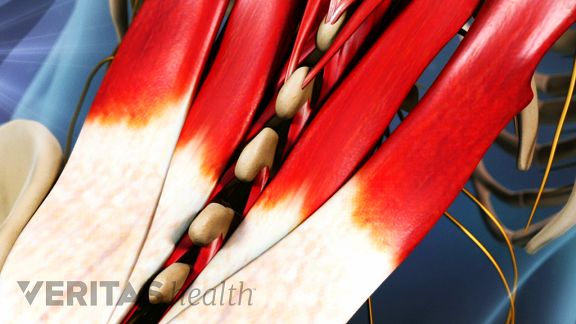
Sporting activities such as rowing, bowling, running, jumping and throwing also increases the sensation of pain. Athletes and other individuals with severe case of intercostal muscle strain usually have to refrain from engaging in sporting activities for some period of time or at least until the strain has recovered fully. In severe cases of intercostal muscle strain, daily activity is often affected and the pain is usually debilitating.

The symptoms however may increase when resting or when the patient is cooling down. The pain felt is usually bearable that movement is still possible. Mild case of intercostal muscle strain may still allow the affected individual to continue with the daily activities. The pain is aggravated by deep breathing, side bending and twisting. Symptoms commonly reported are either a sharp, stabbing pain when breathing to a ever-present, painful ache or soreness located around the ribcage. It is most commonly seen in fast bowlers in cricket, oarsmen in rowing, and throwers in athletics or ball sports. When it comes to sport, these injuries can be triggered by inadequate warm-ups, poor technique or posture, or excessive training that results in fatigue. This can occur in anyone, with vigorous coughing, sneezing or laughing, or with energetic repetitive movements involving rotation of the ribcage. The injury commonly occurs after some vigorous activity that involves twisting of the torso – especially while lifting heavy objects or stretching the arms out excessively. How does intercostal muscle strain occur? Surgical repair is required to heal the muscle.

These muscles can become strained due to rapid movements that bend or twist the upper body suddenly. It functions also in stabilizing and forming the chest walls. The primary function of the intercostals muscle is to allow the up and down movement of the chest muscle during inspiration and expiration in the process of breathing. The intercostal muscles are composed of several muscles known as the internal intercostals muscles, external intercostals muscles, subcostal muscles and the transverse thoracic muscles.


 0 kommentar(er)
0 kommentar(er)
